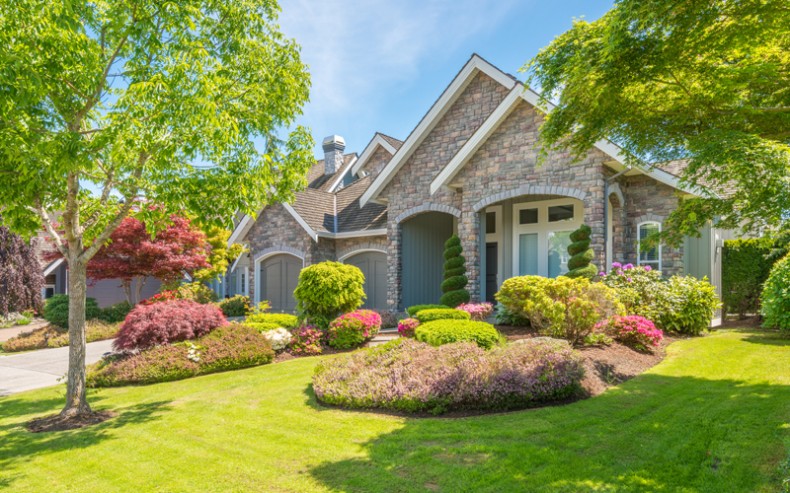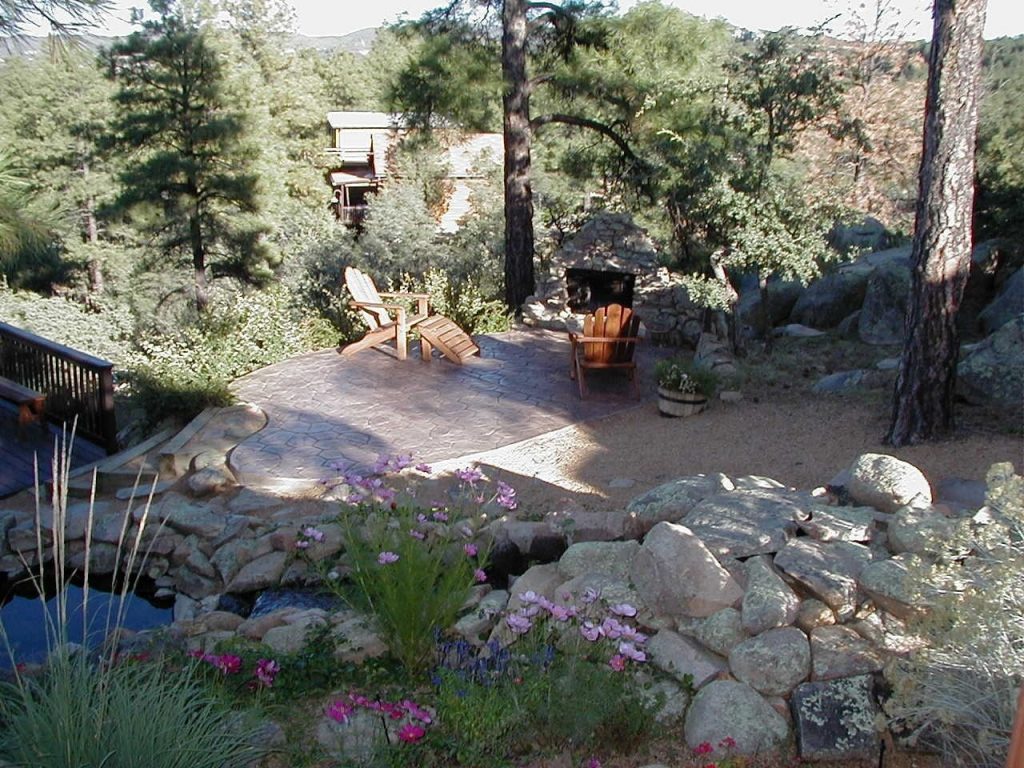Some Known Incorrect Statements About Hilton Head Landscapes
Some Known Incorrect Statements About Hilton Head Landscapes
Blog Article
Hilton Head Landscapes for Beginners
Table of ContentsMore About Hilton Head LandscapesAll About Hilton Head LandscapesSome Known Facts About Hilton Head Landscapes.The Ultimate Guide To Hilton Head LandscapesHilton Head Landscapes Can Be Fun For Anyone3 Easy Facts About Hilton Head Landscapes ExplainedLittle Known Facts About Hilton Head Landscapes.6 Simple Techniques For Hilton Head Landscapes
Form compatibility is also a major element of unity in designone or two strikingly different types benefit comparison and focus, yet normally all various other kinds should have some similarities for a combined look. Structure refers to exactly how rugged or fine the surface of the plant or hardscape material feels and/or looks.Examples of plants with crude appearance include philodendrons, agaves, bromeliads, hollies, hands, and hydrangeas. Features that produce fine appearance consist of little foliage; slim, strappy fallen leaves (turfs) or tall, slim stems; tiny, thick twigs and tiny branches; long stems (vines); and tiny, delicate blossoms.
Our Hilton Head Landscapes PDFs
Many plants are moderate texture, because they can not be called having either rugged or great texture. They are identified by medium-sized fallen leaves with easy forms and smooth sides. The average-sized branches are not densely spaced nor commonly spaced, and the total form is normally rounded or mounding. Medium-textured plants act as a history to web link and link the crude- and fine-textured plants.

To make a room really feel smaller, place the crude structures along the external boundary and the fine structures closest to the audience. The information of the rugged structure makes the plants show up closer and makes the area really feel smaller. The viewed texture of plants can additionally change with the distance from the plant.
10 Simple Techniques For Hilton Head Landscapes
Vibrant shades raise the contrast and make the texture show up coarser, while soft colors can flatten texture. Hardscape with a crude texturesuch as really harsh rocks and vibrant, huge timberstends to make all plant material appear extra average textured. Designers commonly develop an appearance research study (Figure 8) on paper to aid make a decision the arrangement of plant products.
Shade in plant material and hardscape includes interest and selection to the landscape. Color is the most noticeable element in the landscape and is usually the focus of the majority of house owners; nevertheless, it is likewise the most short-term element, usually lasting only a few weeks a year for specific plants.
9 Easy Facts About Hilton Head Landscapes Explained
A basic summary of the color wheel consists of the three main shades of red, blue, and yellow; the three secondary shades (a mix of two primaries) of eco-friendly, orange, and violet; and 6 tertiary colors (a mix of one adjacent main and second color), such as red-orange. Shade theory describes the relationship of colors to every other and exactly how they need to be used in a structure.

Analogous (often called unified) color pattern are any 3 to five shades that are nearby on the shade wheel, such as red, red-orange, orange, yellow-orange, and yellow, or blue, blue-violet, and violet (Landscapers near me). The shades are relevant per other because they commonly consist of 2 primary shades blended to create a secondary and 2 tertiary shades, which means they share usual properties
Complementary colors are typically located normally in blossoms; a common pair is yellow and violet. Shade is found in the blossoms, vegetation, bark, and fruit of plants.
Hilton Head Landscapes Can Be Fun For Everyone
Green vegetation in all its numerous shades is the dominant color by quantity, but various other shades catch interest quicker due to their high contrast to the color green. Color is additionally found in buildings, rocks, pavers, wood, and Related Site furnishings. Many colors in natural materials, such as stone and timber, are usually muted and have a tendency to be variants of brownish, tan, and pale yellow.
Shade is a vital component for producing passion and selection in the landscape. Colors have residential properties that can impact feelings, spatial assumption, light quality, balance, and emphasis. One home of shade is defined family member to temperaturecolors seem cool or warm and can influence emotions or sensations. Great colors have a tendency to be calming and ought to be used in areas for leisure and serenity.
The 10-Minute Rule for Hilton Head Landscapes
Amazing colors tend to recede and are regarded as being farther away, making a space feel larger. Color can also be used to catch interest and direct views.
As an example, intense yellow, which has the highest strength, additionally has a high contrast with all various other shades (often called a "pop" of color) and should be used sparingly. A tiny quantity of intense shade has as much visual weight as a huge quantity of a more controlled or weaker color.
Analogous (sometimes called harmonious) shade plans are any three to 5 shades that are nearby on the shade wheel, such as red, red-orange, orange, yellow-orange, and yellow, or blue, blue-violet, and violet. The shades belong to each various other since they normally include 2 primaries blended to form an additional and two tertiary colors, which means they share common homes.
About Hilton Head Landscapes
They have a tendency to have high contrast in between them. The most typical sets are violet and yellow, red and eco-friendly, and blue and orange. Complementary shades are often located naturally in flowers; a typical pair is yellow and violet. Shade is located in the blossoms, foliage, bark, and fruit of plants.
Eco-friendly foliage in all its various tones is the leading color by quantity, but various other shades capture focus quicker as a result of their high comparison to the shade environment-friendly - Landscaping bluffton sc - https://h1tnhdlndscps.carrd.co. Shade is also located in structures, rocks, pavers, wood, and furnishings. A lot of colors in all-natural products, such as stone and wood, are typically soft and tend to be variants of brownish, tan, and pale yellow
Indicators on Hilton Head Landscapes You Need To Know
Shade is an essential aspect for developing interest and range in the landscape. Shades have homes that can influence feelings, spatial perception, light high quality, equilibrium, and focus. One residential or commercial property of shade is defined loved one to temperaturecolors appear to be great or warm and can affect feelings or feelings. Trendy colors have a tendency to be relaxing and should be used in areas for leisure and peacefulness.
The "temperature" of colors can likewise impact the understanding of range. Cool shades have a tendency to recede and are viewed as being farther away, making an area feel larger. Warm colors tend to advance and are viewed as being better, making a space feel smaller. Color can also be made use of to catch attention and straight sights.
Brilliant yellow, which has the greatest intensity, likewise has a high contrast with all other colors (typically described as a "pop" of color) and need to be made use of moderately. A small amount of extreme color has as much visual weight as a huge amount of a much more controlled or weaker color.
Report this page